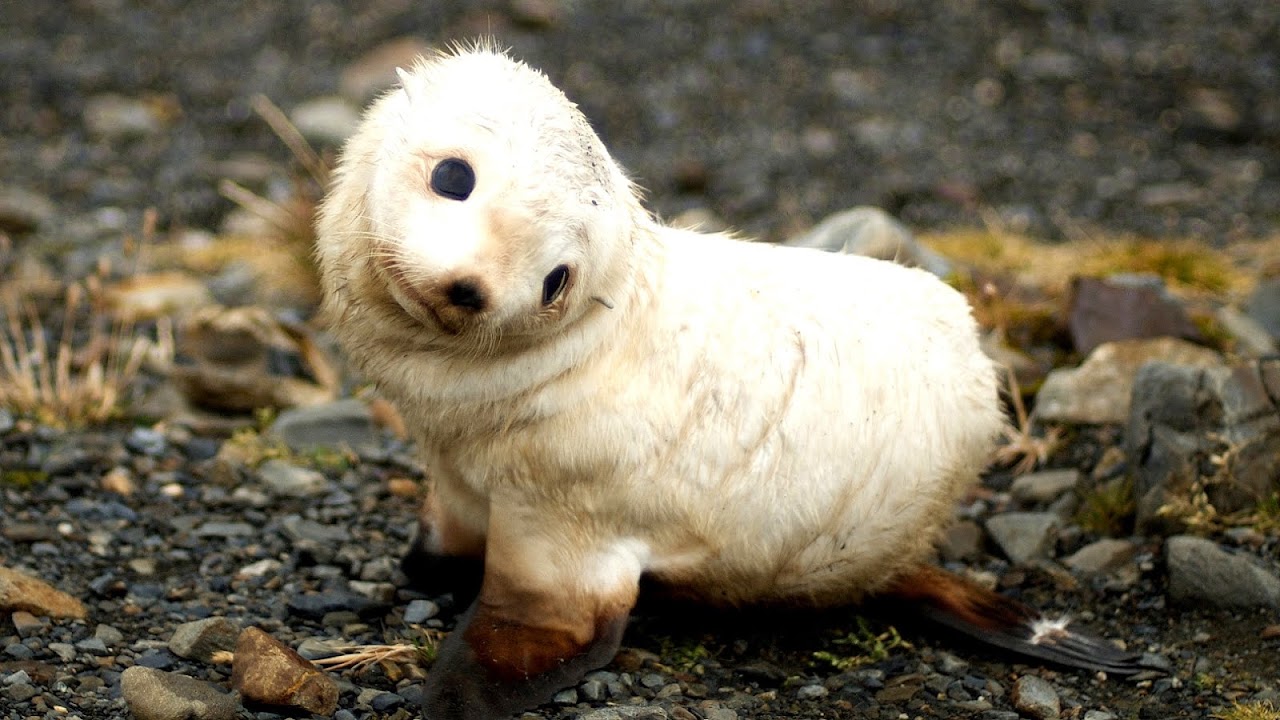
The wildlife of Chile encompasses a diverse range of animals and plants, a condition is attributed to the country's slender and elongated shape, which spans a wide range of latitude, and also its altitude, ranging from the windswept coastline of the Pacific coast on the west to northern Andes to the sub-Antarctic, high Andes mountains in the east. There are many distinct ecosystems.
Chile, often called "The spine of South America", has 100 protected areas covering a total area of 14.5 million hectares (20% of the country) in 36 National parks, 49 National Reserves, and 15 National Monuments. In the southern part of Chile, 50 percent of the flora (part of temperate rain forest called the Valdivian forests) is endemic which is a unique feature in the world. Lapageria rosea (Chilean bellflower) is the national flower, Andean condor, (Vultur gryphus) (NT), is the national bird, and taruca or South Andean huemul, is the national animal of Chile. Legally, wildlife in Chile is res nullius.

Maps, Directions, and Place Reviews
Geography
From the wildlife angle, Chile in Southern South America stretches in a north-south direction, called the spine of South America, has terrestrial borders with Argentina and Peru, and has long coast line of 6,435 metres (21,112 ft) on the South Pacific Ocean. The Atacama Desert is the most arid desert in the world. The Ojos del Salado, a crater lake which is the world's highest lake (at 6,390 metres (20,960 ft)) is located here.

Climate
In the northern Chile, there is the harsh Atacama desert with typical desertic wildlife such as cacti. In the country's middle part, there is a temperate Mediterranean climate, while the south has cold and moist mountainous regions and numerous islands.








EmoticonEmoticon